Heat Transfer and Fluid Flow
TASK 1
Energy is one the most important things in life, but important activities taking place in the body can only be performed at a controlled rate of temperature. The natural heat that the body produces is energy, and it is not only activated to resist any form of coldness but also to make sure that cellular activities taking place are accelerated. All animals are classified into two different groups the cold blooded and warm blooded and this will depend on the method of maintaining, losing and produce heat if they rely on the environment or their body. For those working on related research, biology dissertation help can be valuable in understanding these complex processes. When the temperature rises the activities taking place in the body are accelerated and when the temperature exceeds above normal and reduces the activity and through this, the body loses heat to the environment (Lienhard, 2013). There are four main physiological processes that take place when there is a need for regulation of heat energy in the body, the four main processes are:-
- Radiation
- Evaporation
- Conduction
- Convection
Conduction
Unlike radiation which loses heat directly to the atmosphere, conduction is the process of heat transfer to the environment when one object which is warmer comes into contact with an object which is cooler. Conduction is experienced at a higher rate in solids whereby the can absorb heat from our bodies much more effectively compared to air. At a normal speed a person loses 2% of heat through air mode of conduction, but the water causes much more heat loss than air. When one is in a room of the same temperature, a person tends to lose more heat (25 times) when inside the water than when in air. In conduction, the particles which are moving quickly inside the body are losing heat energy and eventually become cooler while the particles which are moving slower tend to gain the energy and become warmer.
Looking for further insights on Evaluating Bat Flight and Temperature? Click here.
Convection
Convection is the transfer of heat energy to fluids it can be the wind or any form of liquid. Both air and liquid are fluids, and when they come into contact with the body, they are trying as much as possible to absorb heat from the body until they all become at an equal temperature. But at an incident whereby the fluids are continuously moving over through the body the temperature will never equalize since the body keeps losing more heat (Bejan, 2013).one of the most recorded encounters of heat loss through convection it is through the wind chill effect, the wind will always determine the common effective temperature of an unprotected body. But when a well dressed in warmer clothes the wind chill effect is minimized.
Evaporation
Our bodies are modified in a way they can regulate excess heat loss inside the body. When we are exposed to high-temperature environment, our bodies respond by losing heat through sweating. Evaporation is therefore defined as heat loss when water (sweat) on the body surface is converted into water vapor(Lienhard, 2013). For the activity to take place a lot of energy is required in the form of heat, through evaporation heat is removed from our bodies and henceforth becomes harder to stay warm. Sweating is the most common way the body cools of itself through evaporation. 1 quart of water (sweat) released by the body through hard physical work or exercising will consume for approximately 600 calories of general body heat when the process of evaporation takes place (Lienhard, 2013). During cold season rain, snow and mist have a similar effect condition as sweat.
TASK 2
Thermal comfort can be described as the status of the mind which shows and expresses satisfaction with the current surrounding environment about heat transfer. Whether it’s a working place or even at the house people require a healthy condition not colder or warmer but an average temperature which brings the comfort of the body. Taking into account different ways of conducting thermal comfort one has to consider both environmental and personal factor that will be more suitable to be applied (Albatici, Tonelli, & Chiogna, 2014). It has been researched that the sensation of having the feeling of a hot or cold environment depends on more than just the air temperature other primarily thermal comfort variables are discussed below:
- Air temperature
- The temperature of the surrounding surface
- Water vapor in the air
- The rate at which the air moves and spreads around the face of the skin
- The clothes were worn
- Using the natural solar energy for cooling and heating the surrounding environment during cold season and by having proper ventilations heat exchange will be controlled.
- Superinsulation: this is a distinctive approach to solving thermal envelope problems through a well retrofitting, design and construction. A super insulated house can employ the use of thick insulation and an airtight container on walls.
- Constructing insulated duckboards or other covering materials on the floor or and also offering unique footwear where one can stand for long periods on cold floors.
TASK 3
U-Value = 1/ (Sum of all R-Value) pour resistance = thickness x U-value Calculate the thermal transmittance for each material Whereby R = d x λ Rsi = 0.14 W / m K Ra for Light weight plaster = 0.012m x 0.16 W / m K = 0.00192 m2 K / W Re for aerated concrete brick = 0.075m x 0.76 W / m K = 0.057 m2 K / W Ri for mineral fibre 0.05m x 0.035 W / m K = 0.00175 m2 K / W R0 for outer brick = 0.105m x 0.84 W / m K= 0.0882 m2 K / W Rso = 0.04 m2 K / W Sum of the R-values = 0.14 +0.00192 + 0.057 + 0.00175 + 0.0882 + 0.04 = 0.32887 m2 K / W U value = 1/0.32887 3.0407 W / m2K
2). Increased heat loss = 18% U = 100 % Thermal transmittance = 0.00175 18/100 x 0.00175 0.000315 Thermal transmittance = thickness x conductivity 0.000315 = d x 0.035 Thickness = 0.009m
With the given conditions of increasing the insulator, the interstitial condensation will not be formed since the rate at which it is increased exfiltration. The wall is designed in a manner whereby the temperature across within the constructed building maintains to be higher than the dew point temperature. Improving the performance of the insulator by increasing will have an effect of reducing the formation of interstitial condensation.
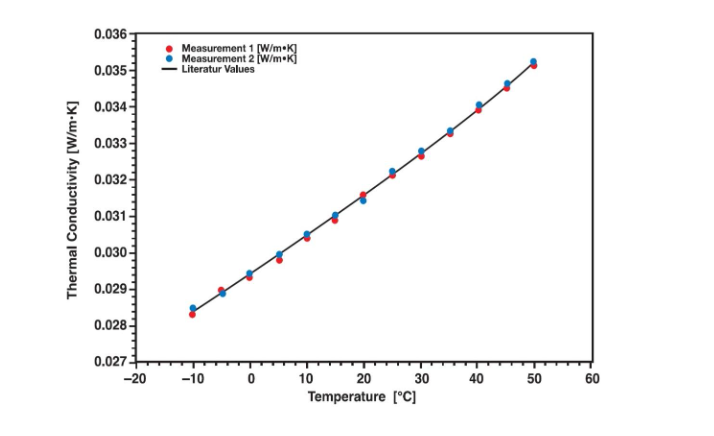
The graph above shows the relationship between thermal conductivity and temperature. It is evident that as temperature increases so is the thermal conductivity and the same case happens when the temperature reduces. There is a significant proportion of resistance that occurs when the different layers of materials are used in the construction. The risk of condensation tends to be higher in the lightweight plaster, and for amendment purposes, the thickness should be reduced.
Task 4

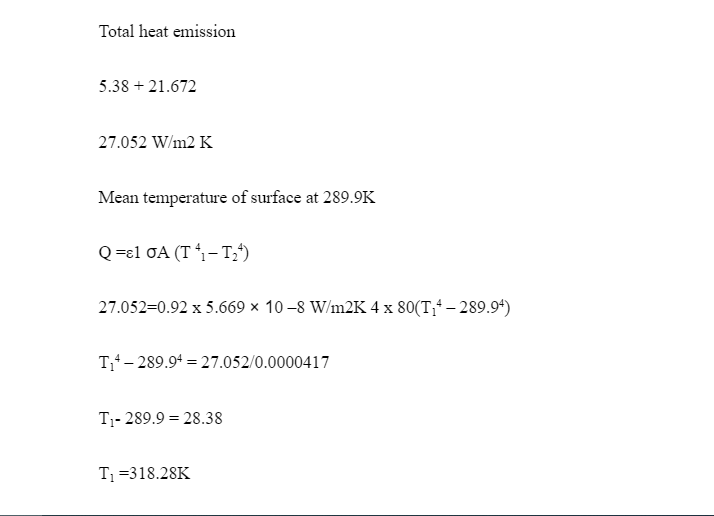
TASK 5
We usually classify matter as either being solid, liquid or gas depending on its macroscopic properties. Liquids and gasses are both classified as fluids, and due to their nature of being flexible, they are used in the process of heat transfer. The objective of this task is to evaluate the principles of fluid flow about the properties of liquids. Different fundamental principles are responsible for governing the motion of fluids in relation to properties of liquid some of them being; conservation of mass, conservation of momentum and conservation of energy. The liquid that is pressurized in a pipeline follow the above basic physical principles.
Conservation of Mass The pressure exerted by liquids is due to the effect of having weight and also the application of an external force. We learn that energy cannot be created nor can it be destroyed but it can be converted into another form this is exactly what happens to the mass of liquids. Conservation of mass is one of the principles of fluid flow that states that in a controlled volume, all rates of mass flow are equal to the mass flow rates when out of the controlled volume in addition to the change of mass inside the controlled volume. The movement of fluids is affected by different environmental factors in which it alters the performance such as pressure, temperature and also velocity. The basic foundation of the dynamics of mass conservation gives a better understanding of how water movements occur in streams and also in the subsurface.
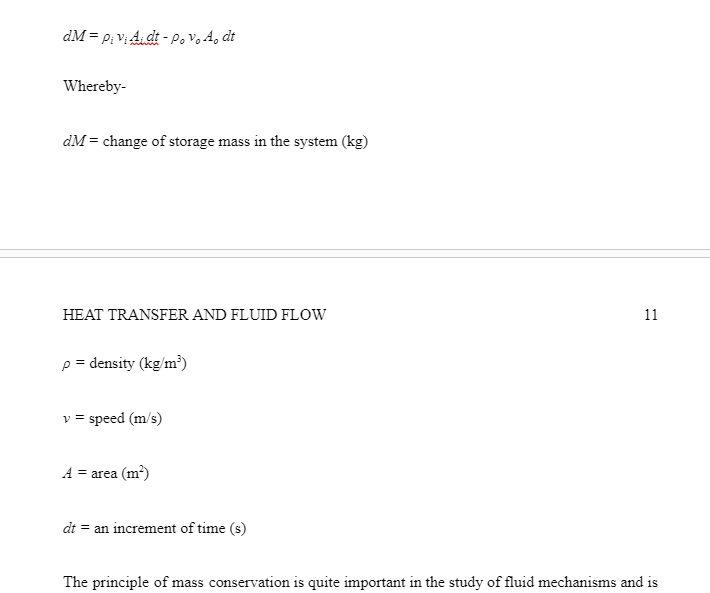
This is another principle involved in fluid flow, its states that the average momentum of the system is constant if there is the absence of external forces being acted on the system which is extracted from the first law Newton. The external forces are; the natural body forces that occur due to external fields (magnetism, electricity, and gravity), surface effects that occur due to the control volume making the surface to stress across. When a liquid is in compressed, and there tends to be a steady flow in a horizontal pipe, it is, therefore, possible to acquire a linear momentum equation. Liquids can compress to a limited extent when the changes of pressure and temperature cause the change of density in the given liquid. This property of the fluid is fundamental in the conservation of momentum.
Together with conservation of mass and preservation of momentum the conservation of energy is a basic physical concept while looking at the principals of fluid flow. Energy cannot be created nor destroyed, but it can be changed into something different. The energy is conserved through potential and kinetic energy that takes place in fluids motion. Energy can enter and also exit any form of the system even when the liquids on a tube enters and leaves through the boundaries, and the liquid that acts as a stream will change in velocity, pressure and also the elevation at a given mass.
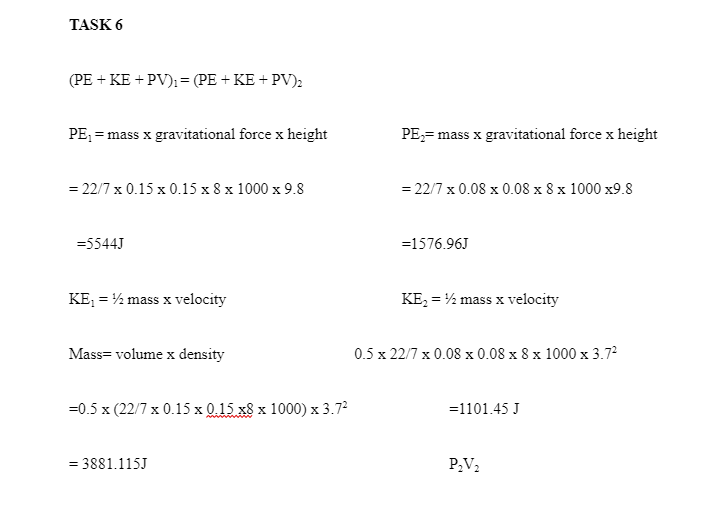

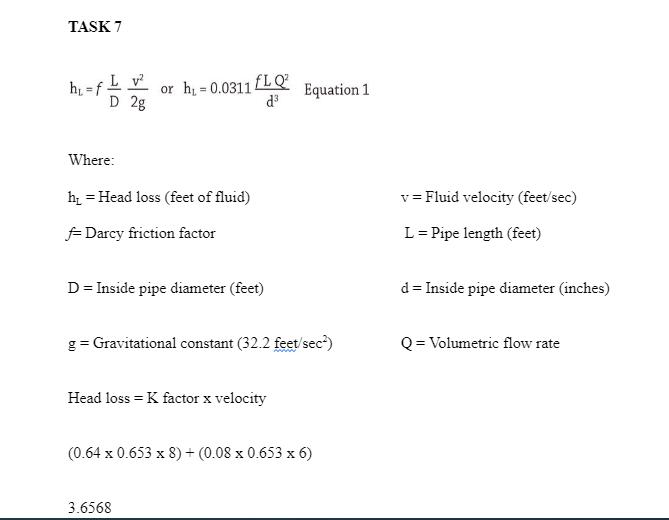
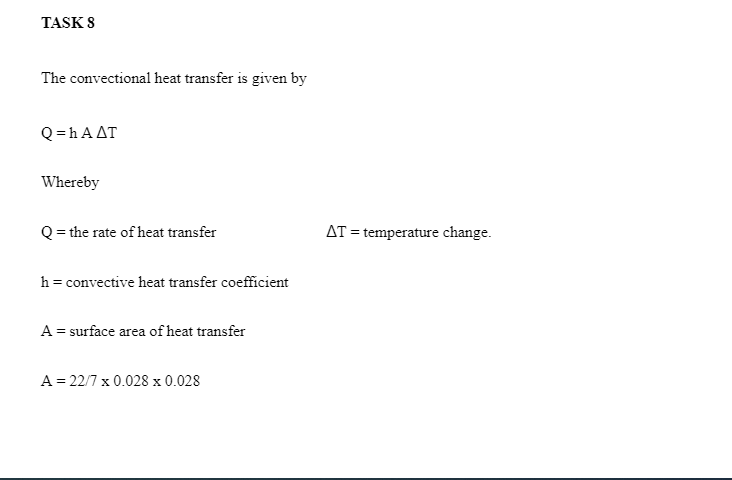
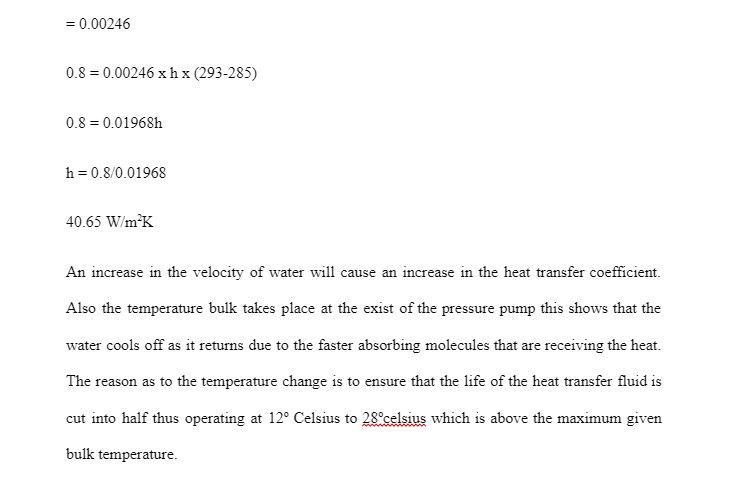
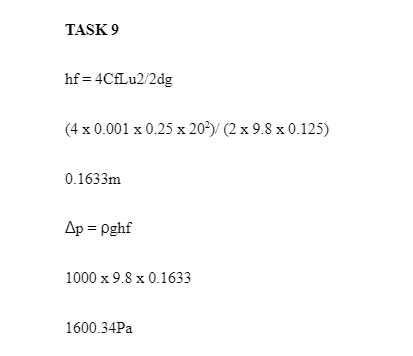
Continue your exploration of Generate Moral Panic with our related content.
REFERENCES
Asdrubali, F., D’Alessandro, F., Baldinelli, G., & Bianchi, F. (2014). Evaluating in situ thermal transmittance of green buildings masonries—A case study. Case Studies in Construction Materials, 1, 53-59.
Albatici, R., Tonelli, A. M., & Chiogna, M. (2015). A comprehensive experimental approach for the validation of quantitative infrared thermography in the evaluation of building thermal transmittance. Applied Energy, 141, 218-228.
Ahmad, A., Maslehuddin, M., & Al-Hadhrami, L. M. (2014). In situ measurement of thermal transmittance and thermal resistance of hollow reinforced precast concrete walls. Energy and Buildings, 84, 132-141.
Bejan, A. (2013). Convection heat transfer. John wiley & sons. Lienhard, J. H. (2013). A heat transfer textbook. Courier Corporation. Lu, L., Liu, M. M., Teng, B., Cui, Z. D., Tang, G. Q., Zhao, M., & Cheng, L. (2014). Numerical investigation of fluid flow past circular cylinder with multiple control rods at low Reynolds number. Journal of Fluids and Structures, 48, 235-259.
Rashidi, M. M., Rostami, B., Freidoonimehr, N., & Abbasbandy, S. (2014). Free convective heat and mass transfer for MHD fluid flow over a permeable vertical stretching sheet in the presence of the radiation and buoyancy effects. Ain Shams Engineering Journal, 5(3), 901-912.
.Sheikholeslami, M., Ganji, D. D., Javed, M. Y., & Ellahi, R. (2015). Effect of thermal radiation on magnetohydrodynamics nanofluid flow and heat transfer by means of two phase model. Journal of Magnetism and Magnetic Materials, 374, 36-43.
- 24/7 Customer Support
- 100% Customer Satisfaction
- No Privacy Violation
- Quick Services
- Subject Experts



